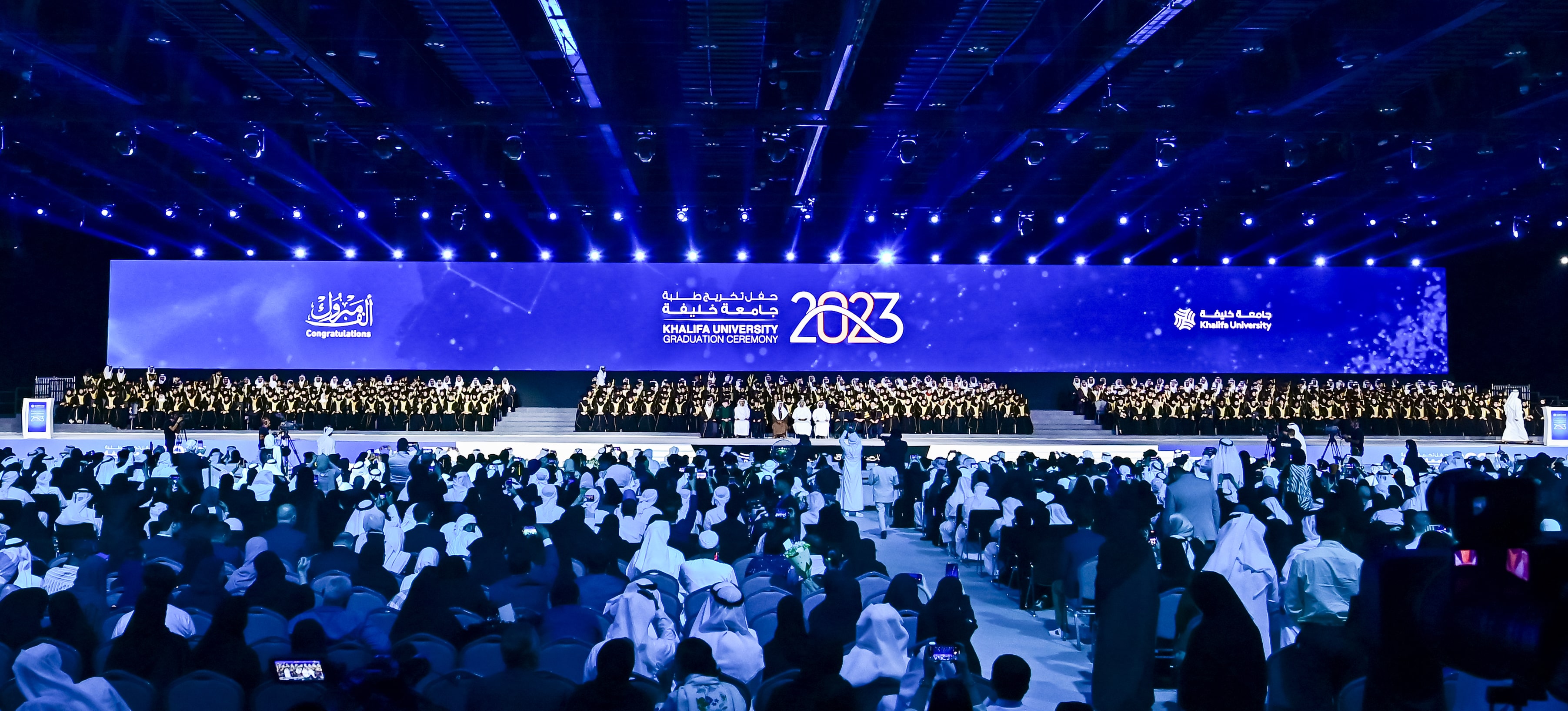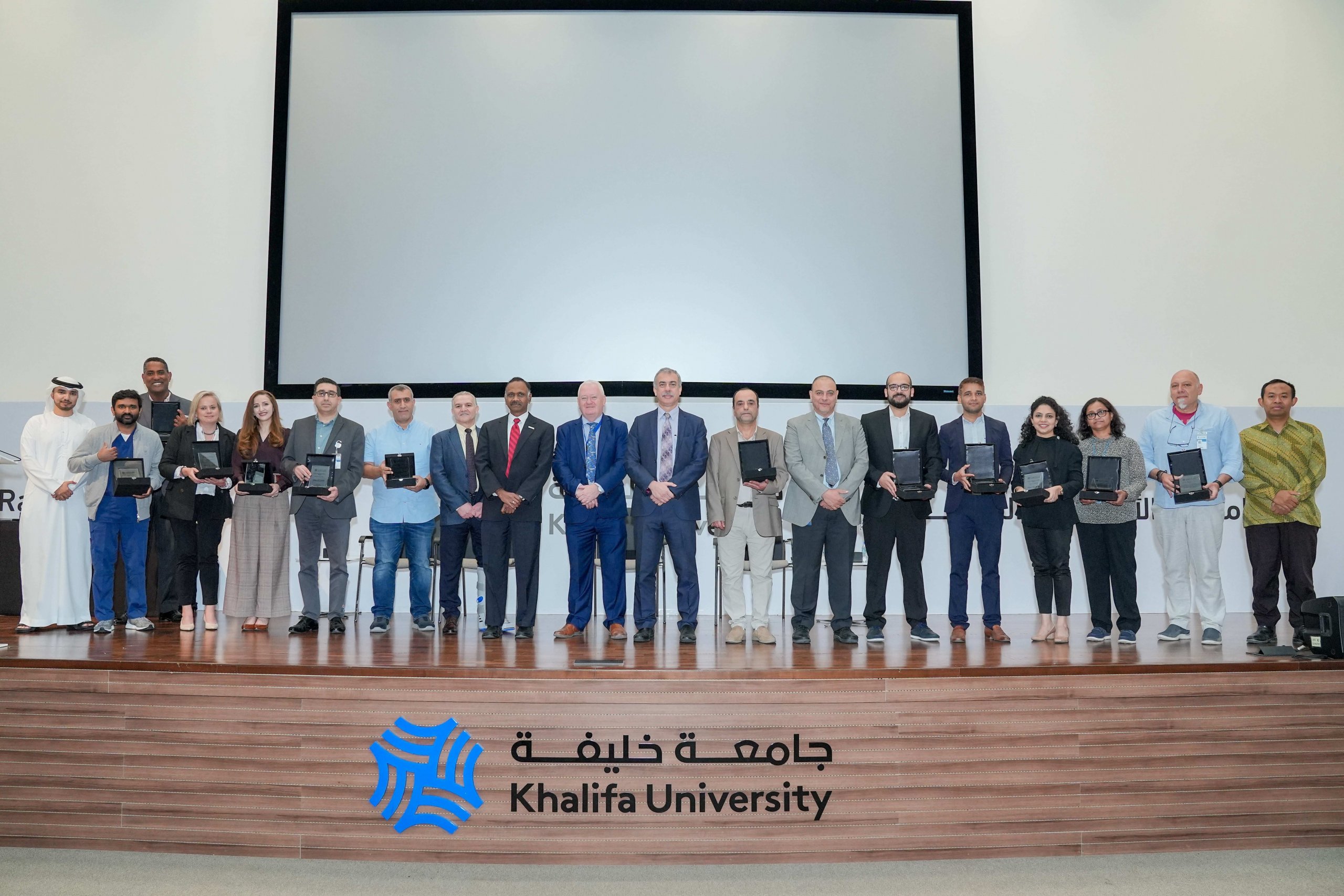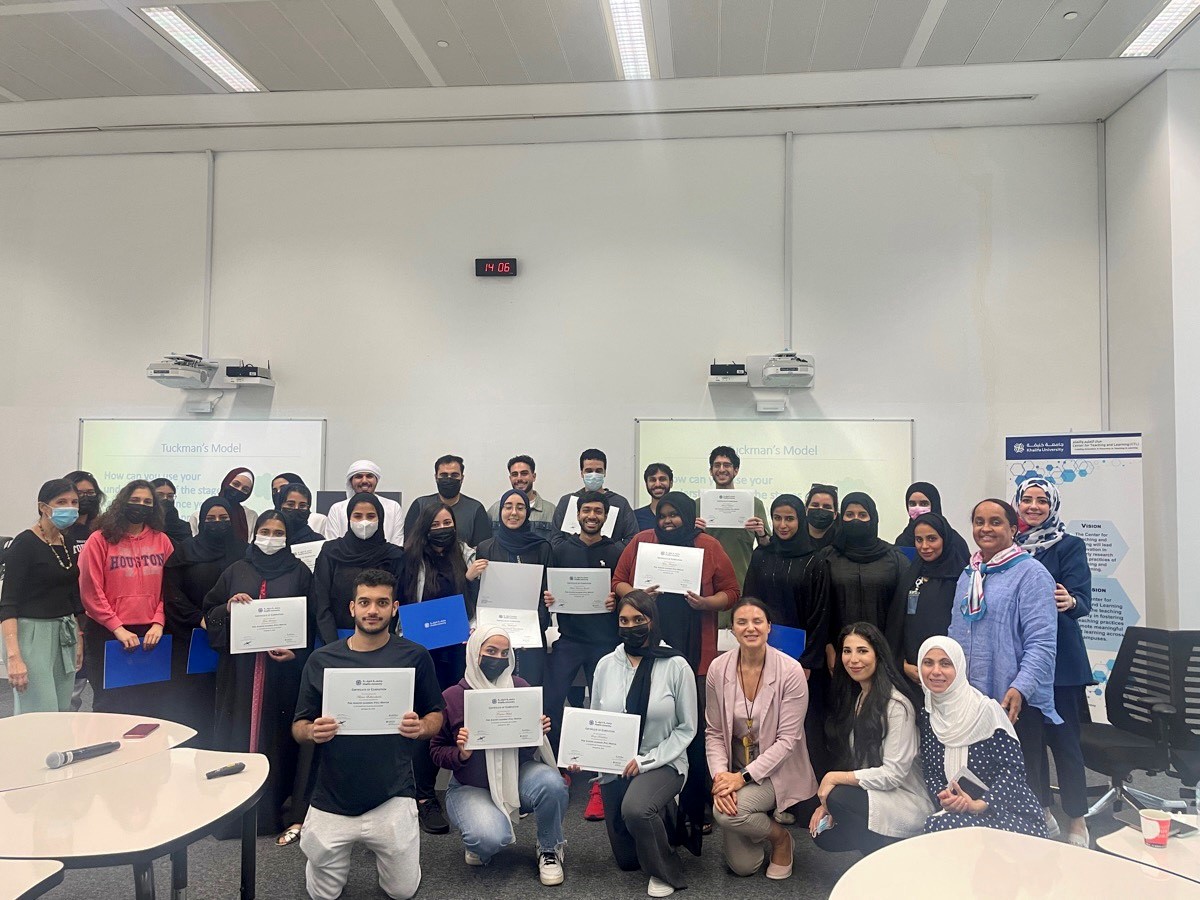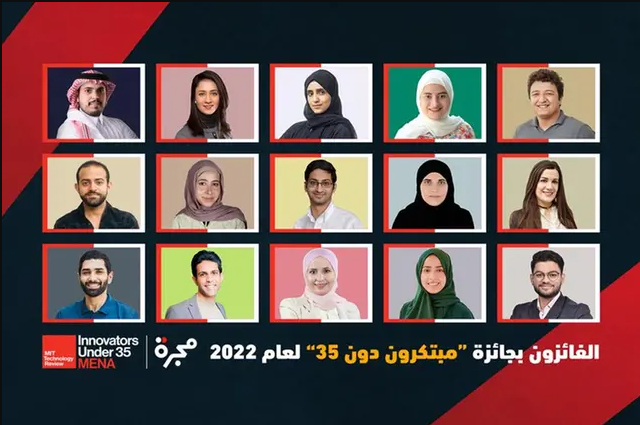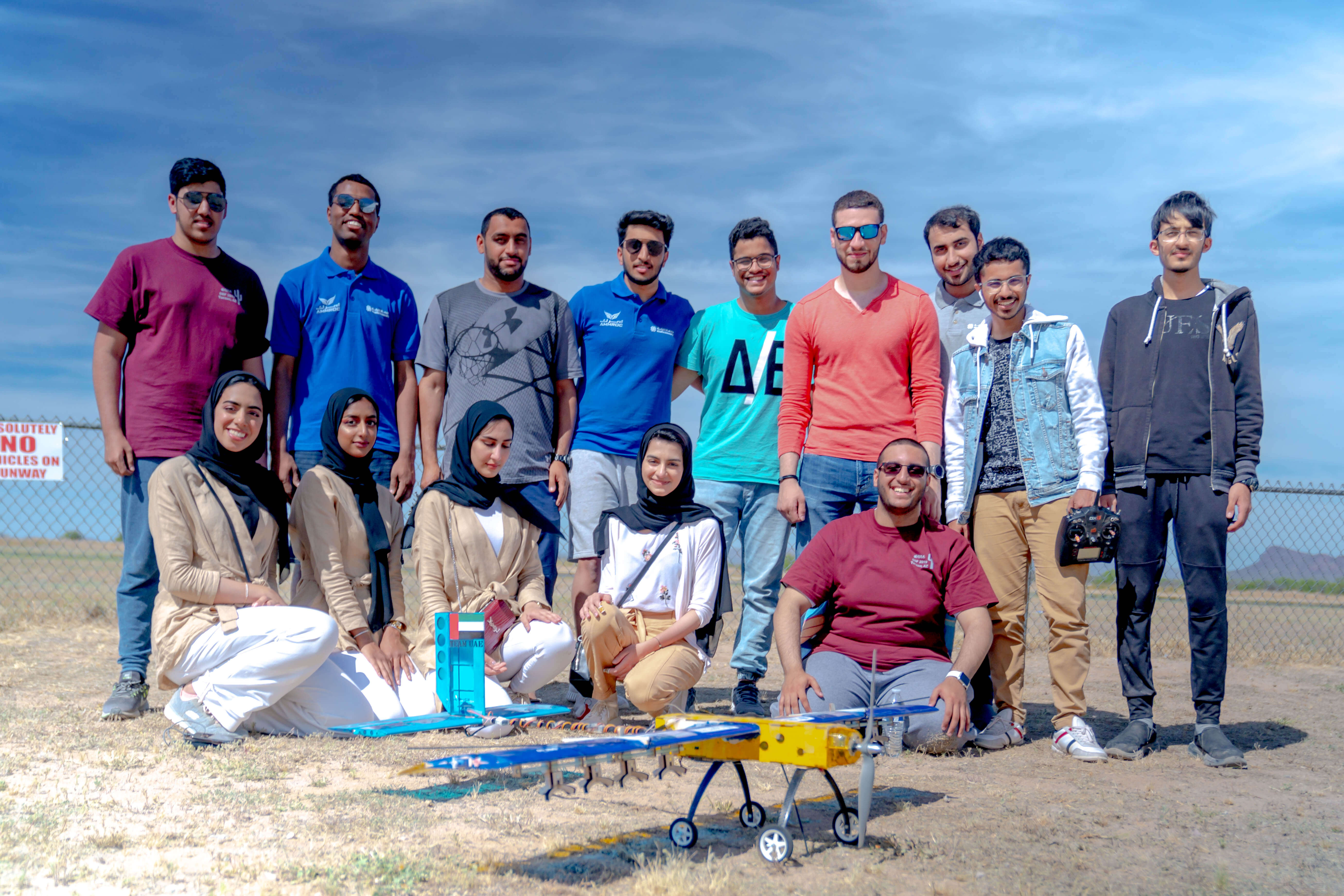
Student-Built Unmanned, Electric-Powered, Radio-Controlled Aircraft
Successfully Completes AIAA’s All Three Mandatory Missions
A Khalifa University team of 12 students was ranked ninth overall out of 104 universities when their unmanned, electric-powered, radio-controlled aircraft successfully completed all three mandatory missions in the Design Build Fly (DBF) 2019 American Institute of Aeronautics and Astronautics (AIAA) Competition in Tucson, Arizona.
The team, whose design report was ranked third, not only represented the UAE, but the entire Middle east and North Africa (MENA) region, and was placed among the top 10 teams.Moreover, for Khalifa University, this is the eighth successive year of participation in the DBF challenge.
A total team of 20 undergraduate students from Aerospace Engineering and Mechanical Engineering worked together throughout the year to design, fabricate, and demonstrate the flight capabilities of the unmanned aircraft, readying it for the competition. The aircraft’s three missions included successful flight over a predefined 2000-foot path, carrying a rotating
‘radome’ as a payload and perform three laps followed by a successful landing, and carrying of at least four attack stores, each weighing around 0.187 pounds and drop one in every lap.
This year, the faculty advisors included Assistant Professor Dr. Andreas Schiffer from the Department of Mechanical Engineering, and Assistant Professor Dr. Ki Sun Park from the Department of Aerospace Engineering. Additionally, the team was supported and advised by two graduate students – Adnan Salem and Abdelnasir Alnaqbi.
Two members from last year’s team – Ali Almusawa and Sara Nabeel – were also included in this year’s team. Moreover, throughout this year, the team received guidance and help from previous team leaders Lena Obaid, Anood Alkatheeri, Ghadeer Alkatheeri and Gianna Ramirez.The student team was accompanied to the US by Assistant Professor Dr. Asli Hassan,Department of English, and Dr. Schiffer.
Dr. Park felt the DBF mission this year was tough because of the design requirement for folding wings, and its size and operation. He said: “The whole aircraft including the nose of the aircraft and landing gears should fit into a space two-feet wide and two-feet high in the folded condition.
Additionally, the aircraft should transform from the folded condition to flight condition “remotely by command from the transmitter”.
Though the team was able to refer to the previous Khalifa University aircraft for most of parts, it still needed to design the entire wings part – the main components of the aircraft generating lift forces and key to its stability.
Dr. Park added: “Team members were proactive, and each member did their work properly, but most importantly, they enjoyed the participation in the competition.”
Ali said: “Our team managed to complete all missions successfully. The competition was a great experience and it was an opportunity for us to apply the theories that we have learned at the university to real-life innovative engineering challenges. It was also an opportunity to see how other universities or groups approach the same issue.”
For junior Mechanical Engineering student Hassan Elmuzamil Hassan Elsheikh, it was a unique experience that blended his passion in aviation with a great engineering challenge, and the outcome represented the culmination of the team’s hard work and over eight months of preparation.
Elsheikh said: “We learned a lot about aircraft design, manufacturing and testing. Travelling to Tucson and seeing designs from other universities was inspiring as it opened our eyes to different approaches and perspectives. We also learned how to work better as a unit and definitely created bonds that will last.”
Team member Omar Alhashmi felt the competition helped in gaining self-confidence and developing teamwork and technical skills.
Alhashmi said: “The design phase of the project was extremely hard, as we had to determine the optimum design to get a high score, but perhaps the hardest thing about this project was finding the balance between working on the project, my academic responsibilities and social life.”
News Writer
2 May 2019



